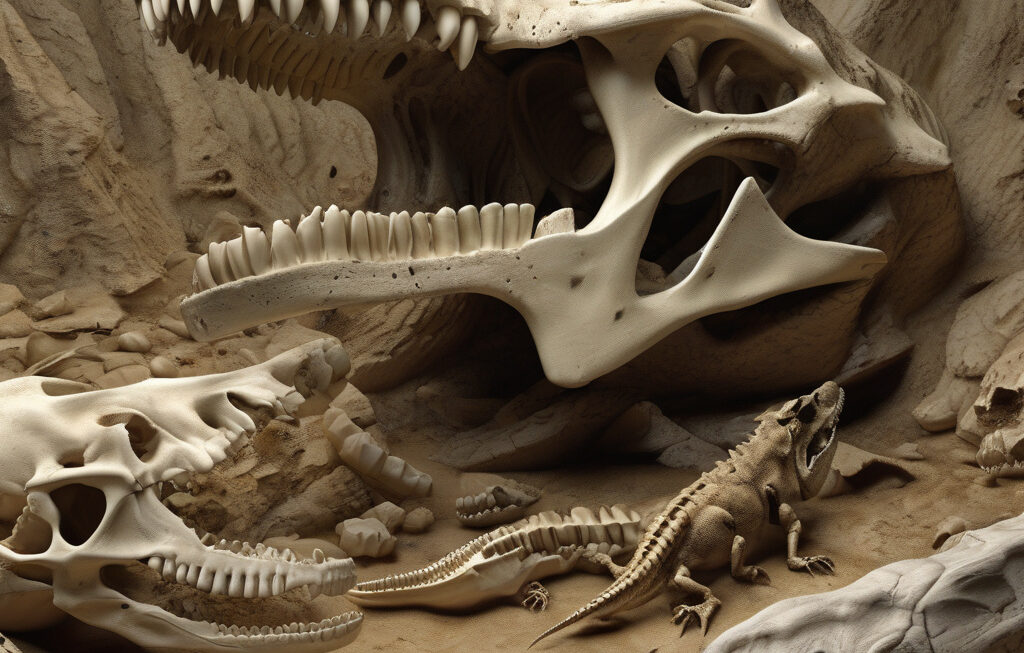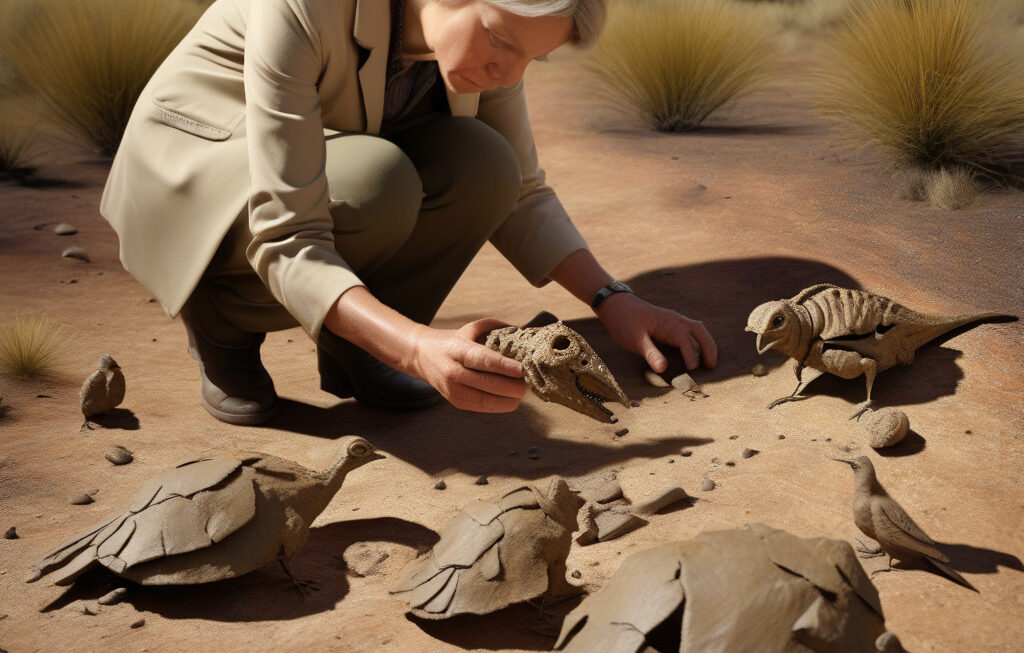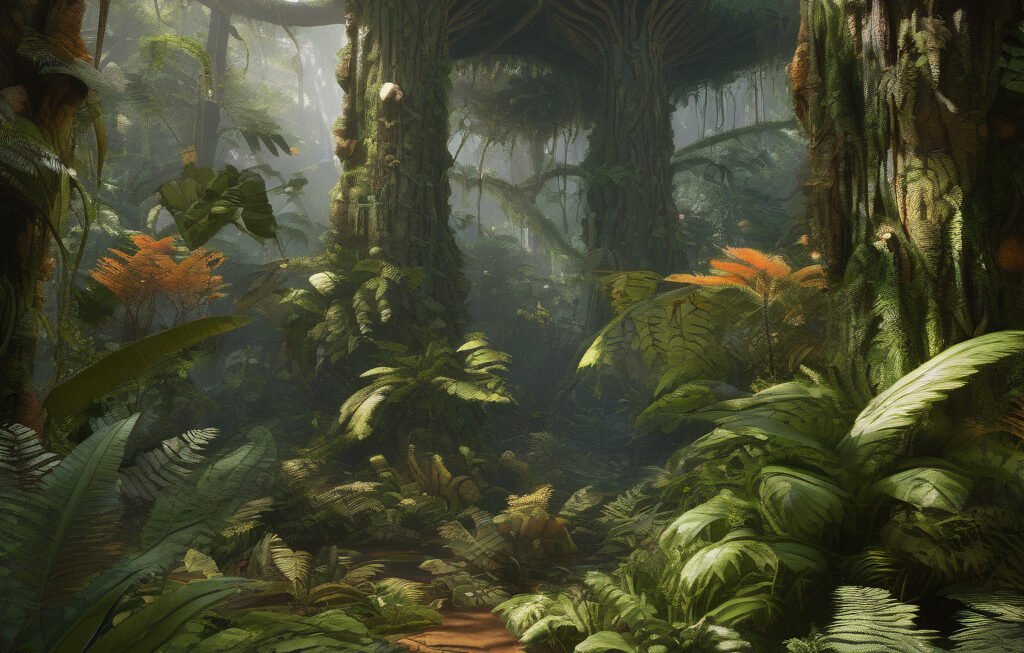Hippo-Sized Wombat Identified by Collagen Analysis of 43,000-Year-Old Fossils
Australia was once home to an incredible diversity of megafauna. Wombats were the size of small hippos, kangaroos stood taller than a human, and massive reptiles roamed the ancient landscape. The latest discovery in the realm of prehistoric creatures comes in the form of a giant wombat, larger than any species known today.
Researchers have identified the fossilized remains of a hippo-sized wombat through collagen analysis of 43,000-year-old fossils found in the Naracoorte Caves of South Australia. The study, published in the journal “Scientific Reports,” sheds light on the giant marsupials that once inhabited the continent.
The extinct wombat, known scientifically as Mukupirna nambensis, is estimated to have weighed around 1500 kilograms, making it the largest known wombat species to date. By comparing the collagen signatures of the ancient bones with those of modern marsupials, scientists were able to determine the size of this prehistoric giant.
According to Dr. Skye Cameron, lead author of the study from the University of Queensland, the findings provide valuable insights into the evolutionary history of Australia’s unique fauna. “Discoveries like this help us piece together the puzzle of how these megafauna evolved and interacted with their environment,” Dr. Cameron explained.
The study also highlights the importance of collagen analysis in paleontological research. Collagen, a protein found in bones and other connective tissues, can provide valuable information about an animal’s size, diet, and evolutionary relationships. By analyzing the collagen signatures preserved in ancient fossils, scientists can reconstruct the past and uncover hidden secrets of prehistoric life.
The identification of the hippo-sized wombat adds to the growing body of evidence suggesting that Australia was once home to a rich variety of megafauna. From giant kangaroos to massive reptiles, the continent’s ancient ecosystem was vastly different from what we see today. Understanding the history of these extinct creatures not only enriches our knowledge of the natural world but also raises important questions about biodiversity and conservation.
As researchers continue to explore the fossil record and unravel the mysteries of Australia’s megafauna, new discoveries are sure to come to light. Each find brings us closer to understanding the unique evolutionary path that shaped the continent’s wildlife and underscores the importance of preserving its rich biodiversity for future generations to appreciate.
The hippo-sized wombat serves as a fascinating example of the incredible creatures that once roamed Australia’s ancient landscapes. Through careful analysis and interpretation of fossil evidence, scientists are able to reconstruct the past and paint a vivid picture of a bygone era. As technology advances and new techniques emerge, the field of paleontology is poised to reveal even more astonishing discoveries that will captivate the world and inspire awe for the wonders of the natural world.
In the case of the giant wombat, the collagen analysis of 43,000-year-old fossils has unlocked a window into Australia’s prehistoric past, offering a glimpse of a world where creatures the size of hippos roamed the land. With each new finding, the story of Australia’s megafauna grows richer and more complex, reminding us of the incredible diversity that once existed and the importance of preserving our natural heritage for generations to come.
megafauna, Australia, wombat, fossils, collagen












